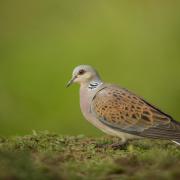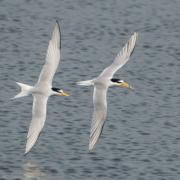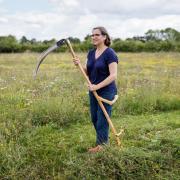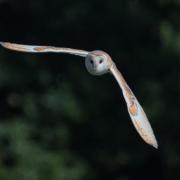Wildife photographer Kevin Sawford is on the lookout for one of the county’s most fascinating birds, the bittern

The bittern is one of the UK’s rarest birds, but Suffolk is one of its strongholds. Often heard but rarely seen these birds are predominantly found in reed beds. It is the males in spring that produce a ‘booming’ sound to attract the females that travels eerily across their habitat.
Bitterns were once a common bird in Britain, but persecution and loss of habitat drove the bird to extinction in the late 19th century. Even as recently as the mid 1990s there were very few birds in this country. But with the help from several wildlife organisations and the planting of new reed beds, bittern numbers are now significantly rising.
The RSPB has been at the forefront of this work and their reserves at Lakenheath Fen and Minsmere are two of the best places to see a bittern. Minsmere is particularly good especially in spring. The BBC’s Springwatch programme has used the reserve as its base for the last couple of years and produced some fantastic footage of the bitterns by setting up remote cameras on one nest that showed some unique, never-before-seen behaviour.
If you visit the reserve the Island Mere and aptly named Bittern hides are in my opinion the best to go to in your quest to see the elusive bird. During spring you will almost certainly hear the males booming, but seeing one will invariably require patience. I’m sure you won’t be alone in either of these two hides as bird watchers flock to Minsmere to try and catch a glimpse of this secretive bird.
Often a sighting will be brief as a bird flies low across the reed beds. Even this will be met with delight from those in the hide. If you’re lucky you’ll have the great pleasure of seeing a bittern come out of the deep reeds to look for food in the shallow lagoons or open areas in front of both these hides. Birds searching for food will patrol these areas and I’ve witnessed a bittern in the open for over half an hour, which has really enabled me to capture a portfolio of images of the bird’s behaviour.
I never tire of these fascinating birds and know it is a privilege when I see them. With the work the RSPB, Suffolk Wildlife Trust and other organisations are doing in this county I hope the bittern will continue to flourish.



























